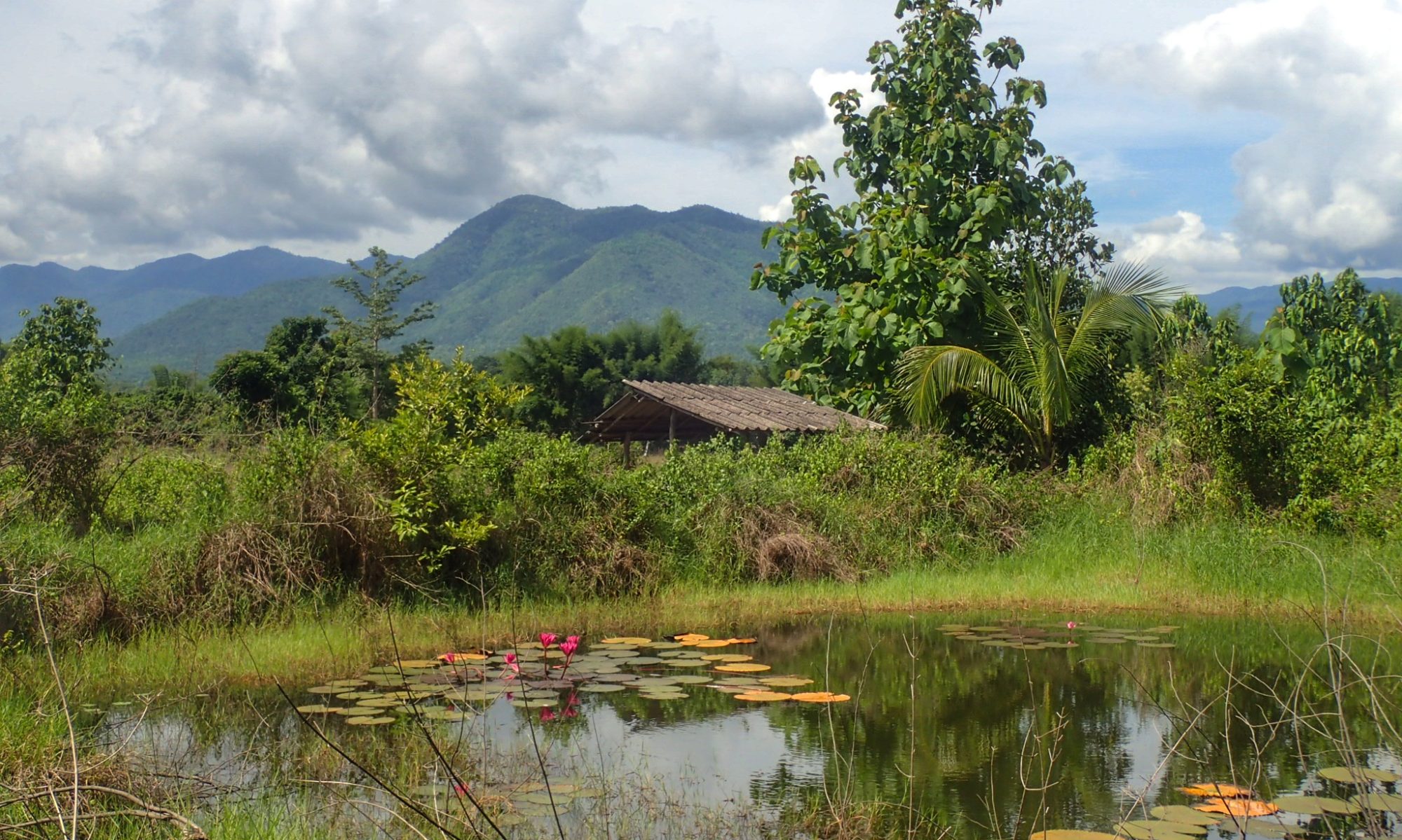On our Pacific Coast bike ride this summer, Steve & I reflected a lot on what it is that we really need. On a bicycle tour, you are limited to what you can carry, so you naturally spend time ensuring that you only carry what is necessary, to some extent or another. Whether it be 15 lbs or 80 lbs, it’s a far cry from how much you can put in your apartment at home.
We both realized that we have so much “stuff” at home just sitting in closets that’s never used or appreciated. We missed almost none of that stuff. It becomes just a burden to clean, find space for, and move.
So when we got home, we both started the process of downsizing. Some stuff was easy; that smart watch I never wore, for example. But other stuff was hard. And I realized what made it hard: for the most part, it’s the memories they invoke.
We, as humans, are conditioned to collect artifacts throughout our lives. Many of these items are nothing more than artifacts; representations of past travels, interests, and friends. These physical items run the gamut from cheapo souvenirs from a shop in Paris, to the quilt your mother spent 6 months making for you.
Some of these artifacts are incredibly difficult to part with. What is it that gives them this power? And how can we avoid them from blocking us from our passion to travel and live unencumbered?
I’m not sure I have the final answer, but I do have something that’s working for me. For most of the items, its power comes from the memories they evoke. Although there is something to the physical handling of these objects, most of the memories are invoked by sight alone. So I decided that simply taking a digital photo of them and then discarding them (donating, gifting, selling, etc) is enough to reclaim the physical space they are taking while retaining the meaning. So that’s what I’ve been doing.
This doesn’t work for everything. I don’t know how I’ll ever part with the quilt my mom made for me or the lock of hair from my kitty Gus. So I’ve resigned myself to the fact that I’ll need to keep a box of these artifacts around because they are so special. I try to limit the amount of space taken up with this box, but I don’t think it’ll ever be zero.
For the most part, I’ll take a photo, and then file it away and never look at it again. The memories are still there if I need them, but I have the space back. Sometimes I will think of something and look it up in my photo album, or browse through my photos, and the memories it brings up are the same as if they were physically there.
I think I have some improvements to do though. In some ways I fee like I’m merely moving the problem from the physical to the digital realm. I now have an eneormous photo collection that I maintain, backup, sort through, etc. Have I really de-cluttered? So far what I tell myself is that I already need to keep my digital photos maintained, so it doesn’t really add any extra mental energy.
Also, some of these items invoke particularly painful memories, like the clippings of my kitty’s fur. Is it healthy for me to try to detach completely by tossing these items without a photo? Or is it important to keep some essence of this part of my life with me?
I think it’s important to keep my particular goals in mind here. I’d like to be able to travel more easily, so anything I can do to minimize physical possessions, even if it comes at the expense of increased digital possessions or emotional weight, is a step in the right direction!










